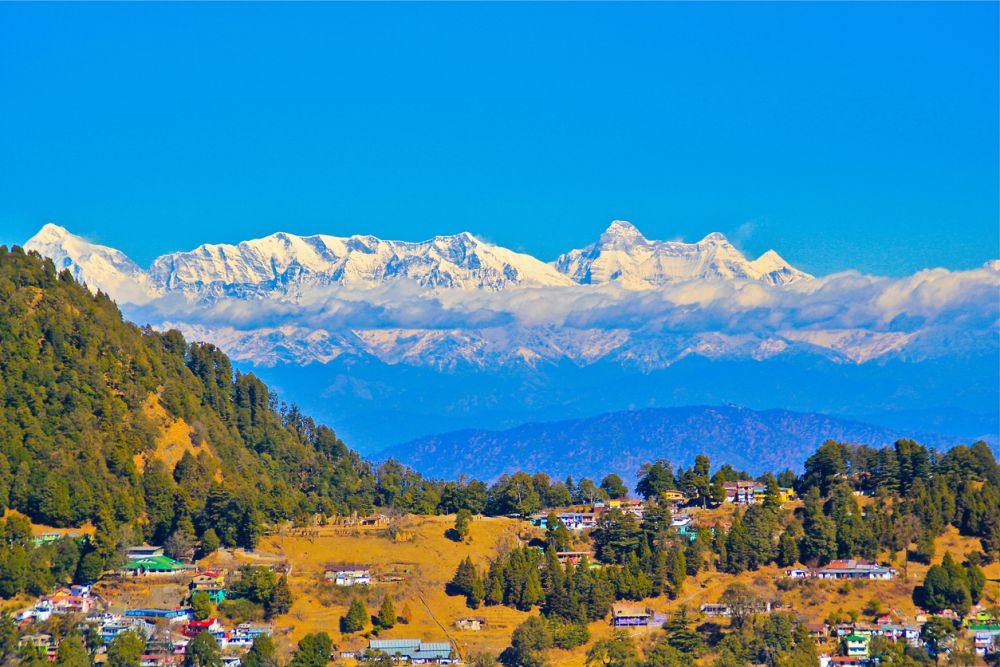

Mukteshwar, a serene hill station in the Nainital district of Uttarakhand, India, has been a beloved tourist destination for over a century. Occupying a lofty ridge in the Kumaon Hills of the Himalayas, Mukteshwar gained prominence after the establishment of the Indian Veterinary Research Institute in 1898. This brought in a number of British residents and officials, which in turn led to the development of the town’s infrastructure conducive for tourism.
The popularity of Mukteshwar escalated significantly post the British era, as Indian tourists discovered its tranquil environs, salubrious weather, and stunning panoramic views of the Himalayan range. The famed Mukteshwar Viewpoint, which offers breathtaking vistas of the surrounding mountains, became the centerpiece of the town's tourist appeal.
Mukteshwar Viewpoint, perched at an altitude of 2,285 meters above sea level, is renowned for its 180-degree views of the awe-inspiring Himalayan peaks such as Nanda Devi, Trishul, and Panchachuli. Named after the 350-year-old Mukteshwar Dham temple dedicated to Lord Shiva, which resides on the same ridge, the viewpoint provides a spiritual and visual treat for visitors.
It is not just the view that attracts countless tourists every year but also the serene ambiance and the opportunity to engage in activities like rock climbing and rappelling. The surrounding dense coniferous forests and fruit orchards add to the charm of Mukteshwar Viewpoint, making it a hotspot for nature lovers and peace seekers.
In recent years, Mukteshwar has seen a trend towards ecotourism and sustainable travel. Homestays and eco-friendly resorts have become increasingly popular, offering visitors a chance to experience local culture and traditions intimately while minimizing their environmental footprint.
Additionally, the rise of adventure tourism means that the areas around Mukteshwar Viewpoint are frequented by those seeking adrenaline-fueled activities. Paragliding has emerged as a sought-after experience, with travelers eager to soar high and view the spectacular terrain from above.
The region has also become a year-round destination, with summers being ideal for trekking and sightseeing, while winter months offer the allure of snowfall. The Nanda Devi Fair and other cultural festivals have become significant draws, allowing tourists to immerse themselves in the local ethos.